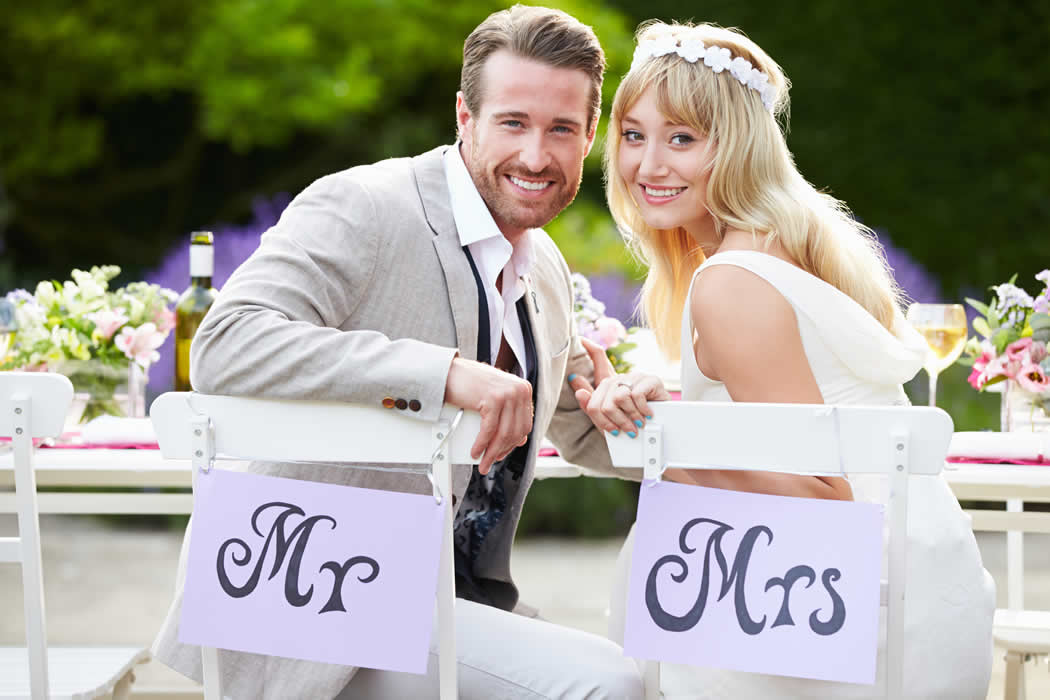Wedding Photography … When it comes to being a wedding photographer you need to work towards all those pictures you are taking being perfect. You are shooting the most important day of that couple’s life and you don’t want grainy, blurry, or dark photos of any of their special moments. You want to full-on capture every single emotion and detail there is. That’s why the settings you use are key to you being able to provide the most amazing photos for them.
Especially when it comes to the aperture you should be especially careful, since it affects the depth and focuses directly. Two of the most important things there are when shooting a wedding. Here is how to have the perfect aperture for a wedding.
In general
•Aperture will depend on the desired effect you want to give to the picture you are taking
•It is key understanding when wider or smaller apertures are needed
•Wider apertures are used for separation – you can use a wider aperture when you want to focus on a specific subject, or maybe even for the photo to have a more artistic view to it. You will use it when you want the background and the subject to be separated and have a greater focus on the desired subject.
•Shallow depth Is great for weddings but does not overdo it. Going overboard will not look good. Try to previously familiarize with subjects before taking them. See how the subject will be looking at the different apertures. As you gain more practice you’ll be able to do this more easily.
•The view in the viewfinder does not accurately reflect the depth of your landscape. LCD is indeed better, yet too small to assess an accurate and critical focus of the camera.
Aperture when it comes to bridal portraiture
•Bridal portraiture means portraits from head to shoulders
•Unless you are very familiar with your own tools do not go over f/2
•At f/2 the face will most likely not be correctly focused
•To make sure the face is very well focused and you totally nail those portraiture pics, set your aperture between f/2.8 and f/4, that’ll probably work best for the photo.
•Remember to use a telephoto lens in order for you to get the most flattering perspective out of the bride as possible.
Aperture when it comes to the groom’s portraiture
•The groom’s portraiture also means from head to shoulders
•You should use a smaller aperture, the average for these shots is f/4
•Using a smaller aperture for the groom is because wider apertures tend to give a “dreamy” look and this look does not flatter man, at all. This happens because it highlights the feminine rather than the masculine features of the subject.
The couple shots
•These are usually full body and in open locations
•Because of the previous, you want them to be well above f/4
•The previous claim does not apply if you have their faces very close together
•Set an aperture above f/4 in order to avoid getting one of them in focus and the other one out of focus. That would be very disappointing.
•Remember the LCD won’t show you this so you need to think about it with anticipation and chose a smaller aperture
•A smaller aperture will increase the depth of the field
The family formal shots
•For this one you need at least, AT LEAST, an aperture of f/5.6
•If you chose apertures very different to this one chance are most of the family members will end up being out of focus.
The normal group photos
•This means photos where you need a wider angle
•These photos can be of the groomsmen and bridesmaids or outside the church, for example
•Since you need a wide-angle, it is recommended to shoot with an aperture of f/11.
Aperture and shutter speed – a crucial relationship
If you don’t understand this relationship, please don’t be a wedding photographer. We are here to make sure you do, but before the big day, make sure you have I completely figured out and could take an SAT-length exam about it.
•Aperture, shutter speed, and ISO always play together when it comes to lighting.
• If your subject is well-lit that means there is a lot of light traveling into the lens.
•If there is a lot of light entering the lens, like during the day with a lot of natural sunlight, and the hole (aperture) is very small, that means your light will get mostly blocked
•If the hole is small, the sensor needs more time to collect light, therefore, the shutter speed needs to be as long as possible, since it needs to stay open longer.
•Small lens aperture means more time for the sensor, meaning longer shutter speed.
•Now, on the other hand, if the aperture is big, meaning the hole is more open, that means that a lot of light will be coming in and hitting the sensor.
•To avoid awfully exposed images, you need the sensor to be faster and not grab all the light at once.
•Since you need a faster sensor, the shutter speed needs to be faster, otherwise, what will happen is that the sensor would receive too much light and would begin to “burn” or that the image would have an “overexposure”. It’s like a magnifying glass burning paper and yes, it is a bad thing.
•If there is too much light, the overexposed area would be looking way too bright, or could even end up looking completely white.
•On the other hand, if your shutter speed is too high the sensor won’t gather enough light, which would result in an “underexposed” image that is way too dark.
•Depending on the wedding location, you should adjust them both to cover your needs
•At the church, unless there is a lot of natural light, you want slow shutter speed and larger aperture.
•If you are taking pictures at a garden, there is more light so you want faster shutter speed and a not-so-large aperture.
You will want a professional photographer that will seize the tears of joy, laughers as well as the party til morning. In your wedding ceremony there is certainly a lot to absorb, that whenever you take a look in your images, you will see details you didn’t have any idea were taking place. Great professional wedding photographers like Wure appreciate shooting these types of memories.








